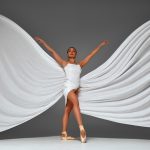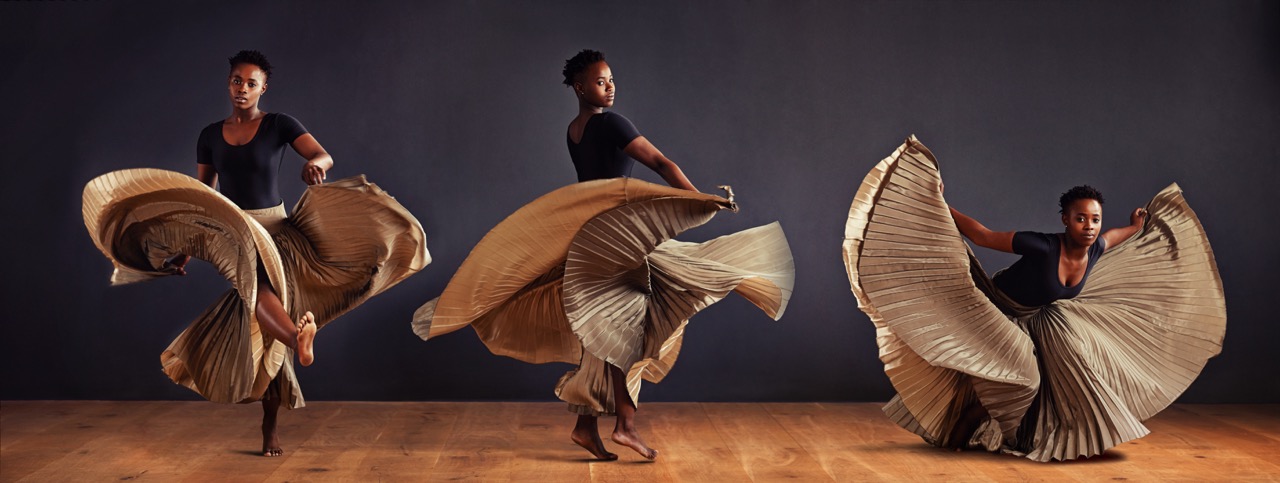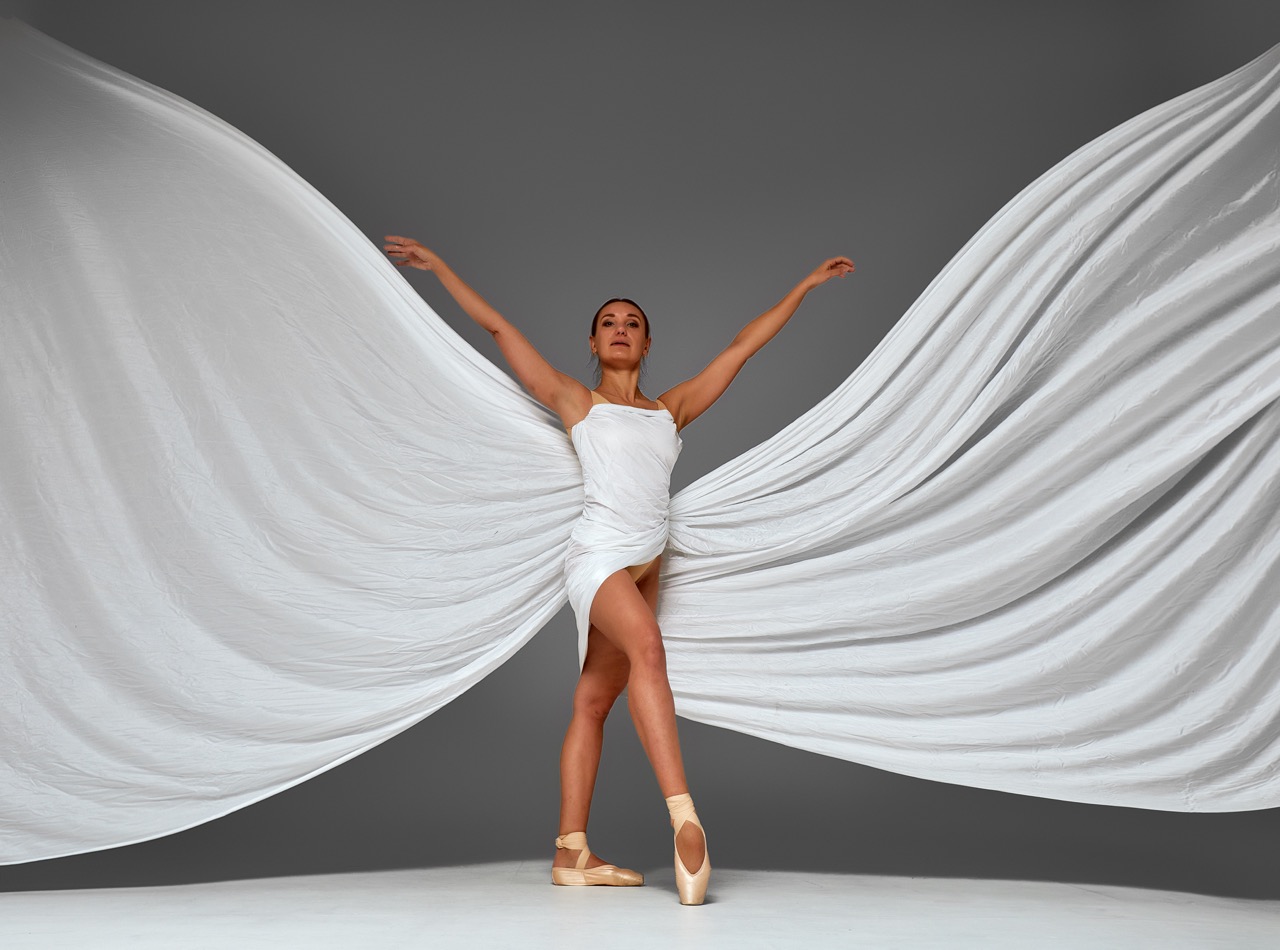In the ever-evolving landscape of the performing arts, dance is experiencing a technological renaissance. Wearable technology, particularly sensors embedded in dance wings, is redefining how dancers express themselves and interact with their art. These innovative devices are not only enhancing the performance experience but are also opening new avenues for creativity and audience engagement. This article delves into the multifaceted world of wearable sensors in the realm of dance, exploring their impact on artistry, the underlying science, and the promising future that lies ahead.
Revolutionizing Dance: The Role of Wearable Sensors
Wearable sensors have catalyzed a profound transformation in the dance community, pushing the boundaries of how movement is perceived and executed. By integrating sensors into dance wings, artists can capture intricate movements with remarkable precision. This technology allows for real-time data collection, enabling dancers to understand their body movements in ways previously thought impossible. This immediate feedback mechanism fosters a deeper connection to choreography, helping artists refine their techniques and explore new movement vocabularies.
Moreover, the incorporation of wearable technology in dance performances creates an immersive experience for both dancers and audiences. The sensors can translate physical movements into visual and auditory outputs, transforming a traditional performance into a multimedia spectacle. This interactivity not only captivates viewers but also allows dancers to engage with their audience on a more profound level. As a result, the very fabric of dance is being woven with threads of technology, creating multidimensional experiences that challenge the notion of dance as a purely physical art form.
As the dance world embraces these advancements, choreographers and dancers are increasingly viewing wearable sensors as essential tools for creative exploration. The ability to analyze movement data can inspire new choreography, as artists can visualize patterns and rhythms in their performances. This fusion of technology and artistry enhances the capacity for innovation, as dancers are encouraged to push their physical limits while discovering a deeper understanding of their own unique styles.
Unleashing Creativity: How Tech Enhances Dance Expression
The integration of technology into dance is unlocking new realms of creative expression. With wearable sensors embedded in dance wings, artists can experiment with movement in ways that were previously unattainable. This technology allows for the capture of subtle shifts, fluid transitions, and dynamic interactions, all of which can be analyzed and translated into visual performances. Dancers now have the tools to explore their artistry beyond the constraints of traditional techniques, enabling them to craft performances that are both technically sophisticated and emotionally resonant.
Furthermore, wearable technology empowers dancers to collaborate across disciplines and genres, fostering a spirit of innovation. For instance, the data collected from sensors can be used to synchronize visuals and soundscapes, resulting in a cohesive artistic expression that marries dance with elements of visual art and music composition. This interdisciplinary approach not only enriches the dance experience but also invites audiences to engage intellectually and emotionally with the performance, creating deeper connections to the art.
The opportunity for improvisation also expands with the use of wearable technology. Dancers can respond to real-time data feedback, adjusting their movements based on sensory input. This spontaneity cultivates a sense of freedom, allowing artists to tap into their instincts and express emotions in the moment. By harnessing the power of sensors, dancers can create a dialogue between their bodies and the technology, pushing the boundaries of what dance can represent and achieve.
Behind the Scenes: The Science of Motion Tracking
At the core of wearable technology in dance lie the intricate sensors that track body movement and translate it into data. These sensors employ advanced motion-tracking algorithms that capture not only the position and velocity of the dancer’s body but also subtle nuances in movement such as acceleration and tilt. Through this sophisticated technology, dancers can receive invaluable insights into their performance, helping them to perfect their technique and enhance their artistry.
The data collected by these sensors is processed in real-time, offering immediate feedback that can be crucial during rehearsals or performances. This integration of technology allows for a level of precision that traditional forms of analysis, such as video recordings, cannot provide. Dancers can visualize their movements on a screen, identifying areas for improvement and understanding how their body mechanics contribute to their overall performance. Such scientific approaches foster a culture of continuous learning and adaptation, essential for any dancer seeking excellence.
Moreover, the intersection of technology and dance is paving the way for groundbreaking research in biomechanics and kinesiology. By studying the data generated from performances, researchers can gain insights into the physical demands of dance, helping to inform training methods and injury prevention strategies. This scientific inquiry not only enhances the dancers’ understanding of their bodies but also contributes to the broader field of dance medicine, promoting health and longevity in the performing arts.
Future of Dance: Merging Artistry with Advanced Technology
As we look to the future, the potential for wearable technology in dance appears limitless. The continuous advancement of sensor technology promises even more sophisticated applications, including augmented reality experiences that allow dancers to interact with digital elements in real time. This convergence of art and technology will likely transform not only how performances are conceived and executed but also how audiences experience and engage with dance. The prospect of creating immersive environments will redefine the relationship between performers and viewers, allowing for a more participatory and engaging art form.
Moreover, as wearable sensors become more accessible and affordable, we can anticipate a democratization of dance technology. Emerging artists, regardless of their background or resources, will have the opportunity to experiment with these tools, fostering a new generation of creativity and innovation. This influx of diverse voices will enrich the dance community, as artists from various disciplines harness wearable technology to share their unique perspectives and styles.
In essence, the future of dance lies in the harmonious blend of artistry and advanced technology. As dancers embrace this new paradigm, they are not only redefining their art form but also challenging societal perceptions of dance itself. The evolution of wearable technology signifies a profound shift that celebrates creativity, encourages exploration, and ultimately redefines what it means to express oneself through movement.
The intersection of wearable technology and dance is a testament to the limitless potential of human creativity. As sensors in dance wings track body movement, they revolutionize how dancers explore their artistry, engage with audiences, and push the boundaries of their performances. This confluence of science and art creates a rich tapestry of innovation, where every movement tells a story, and every performance becomes a journey of discovery. As we look to the future, the dance community stands poised to embrace these advancements, ensuring that the art of dance continues to evolve and inspire for generations to come.










